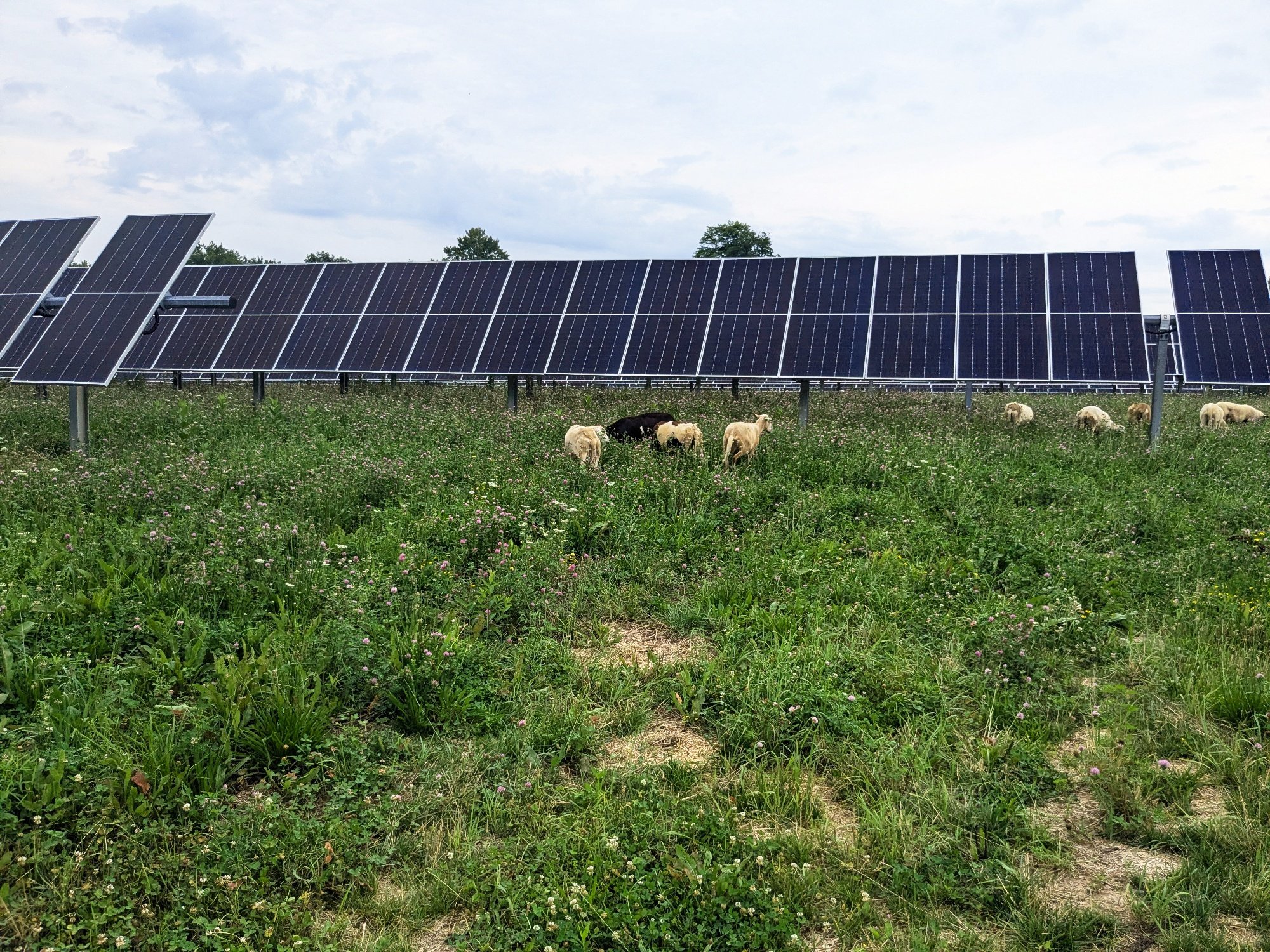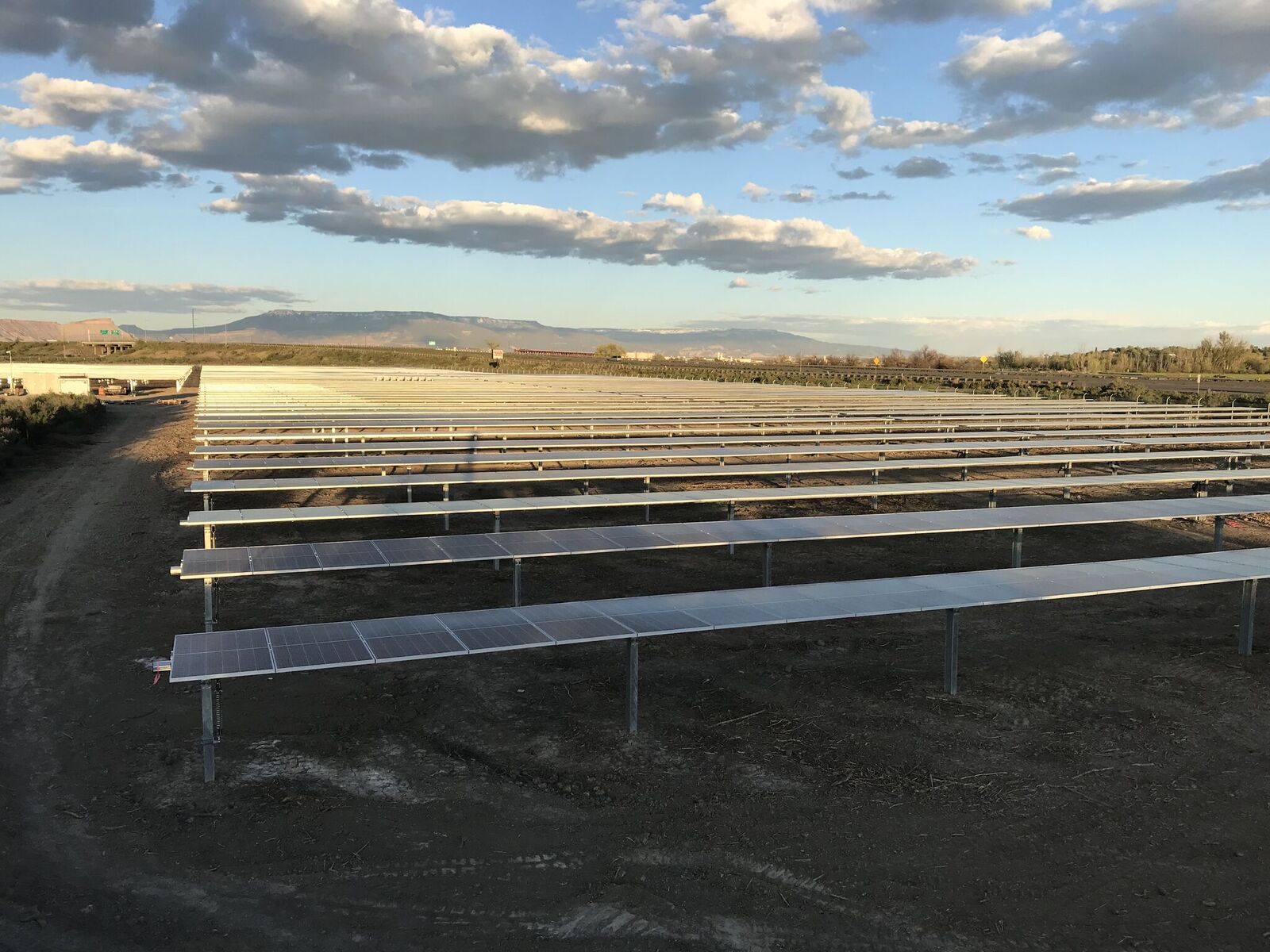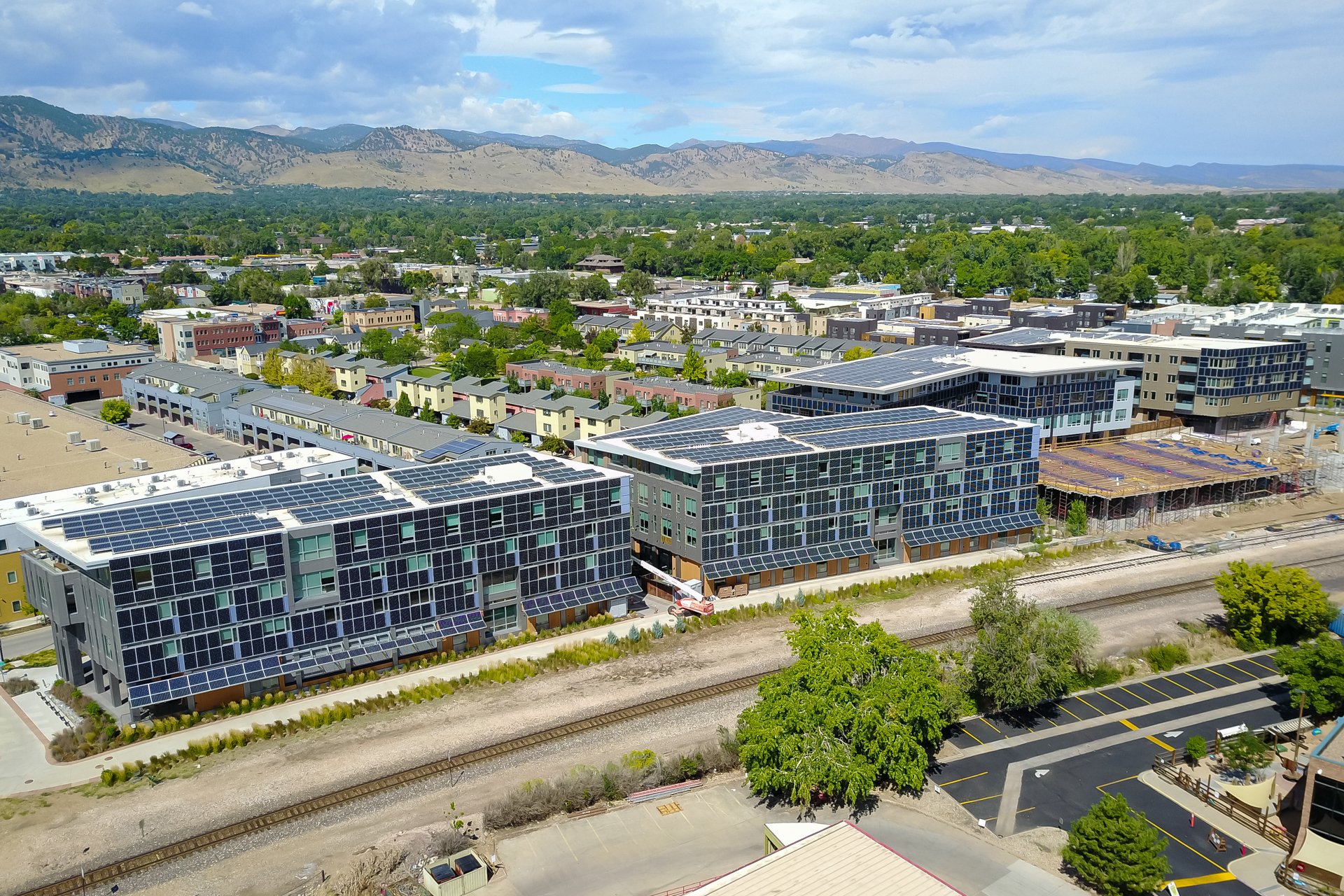Combining Pivot Energy’s Products to Tackle Decardbonization Timelines
September 12, 2024

There is mounting pressure for corporations to decarbonize and become more sustainable. Investors are looking for companies committed to the planet's future health. According to a study by Morgan Stanley, 58 percent of investors are looking to invest in companies targeting positive environmental and social objectives. An IBM and National Retail Federation survey found consumers also seek forward-thinking companies, with 6 in 10 changing their shopping behaviors to limit their environmental impact. Adding to the pressure to take action, the U.S. Securities and Exchange Commission (SEC) now requires companies to disclose information describing climate-related risks that have a material impact on the company’s business.
As a result, many companies have committed to setting their science-based targets under the Science-Based Targets initiative (SBTi) and have taken the initial steps to cut their emissions considerably by 2030. A Climate Impact Partners study found that 66 percent of Fortune 500 companies have already made significant climate commitments. Given the growing momentum towards decarbonization, the existing business-friendly tax incentives available, and the fact that we’re rounding out the hottest summer ever, the time to act is now.
If decarbonizing has been on your company’s roadmap, but you don’t know where to start, continue reading to learn how Pivot Energy’s wide range of products can be combined to help organizations reach their sustainability goals on any timeline.
Start Decarbonizing with Pivot Energy
Renewable Energy Certificates (RECs)
Renewable energy certificates (RECs) are a perfect gateway into your renewable energy journey. They can help offset your carbon emissions without procuring renewable energy. Businesses use RECs to provide proof of their renewable energy claims, with each REC representing 1,000 kilowatt hours (kWh) of clean electricity produced.
RECs are an attractive entry into decarbonization because of the abbreviated timeline for buying them. They can either be purchased directly from renewable energy companies that produce the energy or through secondary markets. When you purchase bundled RECs, you can claim the clean energy produced. When you buy unbundled RECs, you cannot claim the energy produced by the project, but they still count toward sustainability goals.
In addition to the opportunity to claim renewable energy production from the purchase of bundled RECs, you can address your Scope 2 emissions. Scope 2 emissions are indirect emissions associated with purchased electricity, heat, or steam consumption.
Community Solar Subscriptions
Whether your company is just starting its sustainability journey or looking to bolster your existing efforts, subscribing to a community solar garden can help you get closer to your sustainability goals and save money. With community solar, you subscribe to a portion of the energy produced by a nearby solar array instead of installing onsite solar panels. Like RECs, subscribing to community solar can be a great place to start decarbonizing because it takes less time than other initiatives.
When subscribing to community solar, you can either subscribe to an already energized solar project or a pre-construction solar project. If capacity is available in your area, you can sign up online in minutes for existing community solar projects, quickly launching your sustainability journey or supplementing your current efforts. Subscribing to a pre-construction solar project has a longer timeline, but you will be directly responsible for adding new energy to the grid—or additionality—and get in the queue to subscribe to the project coming online the earliest. Community solar project development timelines typically are two to three years from start to finish. In addition to creating new energy, you help bring jobs and renewable energy to your community.
Rooftop Solar
If you’re looking for a solution that benefits your company’s sustainability efforts and reduces operational costs at your facilities, rooftop solar is a great option. Rooftop solar is a behind-the-meter solar solution, meaning the solar panels are interconnected to the circuit breaker or switchgear, supplying renewable energy directly to your building’s system.
The timeline for adding rooftop solar is typically around one to three years, depending on your utility’s interconnection queue and process. However, the benefits accompanying decarbonization efforts, such as rooftop solar panels, will last beyond the development timeline—a primary benefit is saving money on operational costs. When you install rooftop solar panels, you earn net cash flow savings throughout your system’s lifespan. Financing options, such as power purchase agreements (PPAs) and solar leases, are also available, reducing the upfront cost of installing the system on your roof and operational risk.
Carport and Groud Mount Solar
Carport and groudmount solar are alternative project options you can employ to maximize the real estate available on or around your property. Sometimes, rooftops aren’t the most hospitable environments for solar panel placement. Using your parking lot or other available real estate around your property for solar array location brings the same benefits as a project on your roof.
Again, these projects typically follow the one- to three-year development timeline, but Pivot Energy works with you every step of the way. That includes planning, development, operations, and management. Once the system is running, you will realize the project's direct benefits.
However, In many cases, there needs to be more space on a rooftop or adjacent parking lot to produce all the energy a facility consumes. In this scenario, you could install a rooftop solar project to reduce operating costs and consumption aen offset the remaining energy with a community solar subscription.
Another combination option is to utilize the savings from a community solar subscription or revenue from a roof lease to purchase RECs, which further increases your impact.
Rooftop Community Solar
Like rooftop solar, rooftop community solar is an on-site solar array on your rooftop. But instead of all the clean energy produced from this array powering your facility, the power flows directly into the electric grid, and members of your community can subscribe, allowing your neighbors to shift toward a more sustainable path forward. The extra revenue stream from leasing your roof can also go to other decarbonization efforts, such as buying RECs.
This option follows a one- to three-year development timeline similar to rooftop solar. However, the benefits to you and your community more than compensate for the time.
Energy Storage
Onsite energy storage is a battery system that stores energy from onsite solar projects and deploys that energy when it is needed most. Installing a solar array on your roof or property means renewable energy going directly to your building's electrical system—behind-the-meter (BTM). However, solar arrays can produce excess energy or no energy when the sun is down, and an energy storage system allows you to use surplus energy during peak usage or non-production times. Utilizing energy storage in tandem with your onsite array also means less reliance on your utility provider, aiding your decarbonization efforts.
Stacking the installation of onsite energy storage with the development of your onsite solar array means you will maximize the full potential of your new solar garden the moment it goes online and may also be able to reduce those pesky demand charges on your bill.
Discover Your Ideal Solar Product Mix
With increasing pressure to cut corporate emissions in half by the end of the decade, the time to act is now. Meeting SBTi targets might feel overwhelming, but with a trusted partner like Pivot, you can easily identify and implement the perfect mix of solar products to meet your goals. We will help you navigate onsite limitations, identify offsite solutions, and demystify the complex landscape of local and federal incentives to meet your exact needs.
Contact our team to begin—or bolster—your decarbonization efforts.


